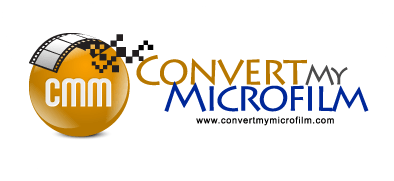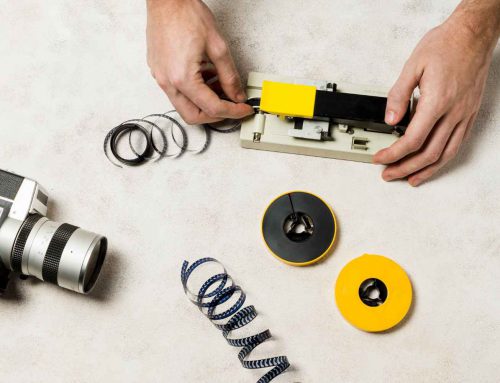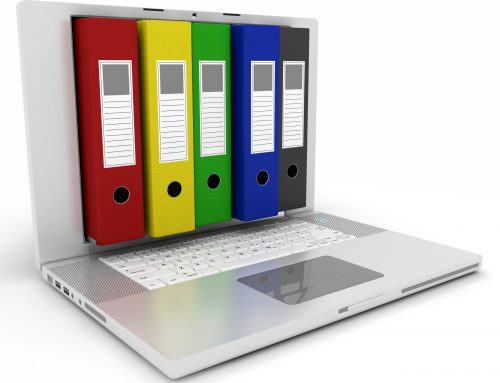If you’re reading this, you’re likely contemplating digitizing Microfilm. This is not limited to Microfilm reels. Some individuals may choose to scan Microfiche, others Microfilm jackets, and aperture cards. Without the correct equipment, it is challenging to read analog Microfilm. Therefore, this handbook contains all the necessary information for Microfilm digitization services.
Advantages of digitizing Microfiche and Microfilm historical records
Since Microfiche and Microfilm have been so widely utilized for so long, many businesses believe they are unable to abandon the method. However, technical improvements have made it feasible to scan historical papers and update them. This digitalization has a variety of benefits, including:
-
Reduced expense
The expense of storing Microfiche and Microfilm, as well as the cost of maintaining the equipment required to view them, may be quite high, especially when the technology is old and replacement components are pricey. By digitizing these records, these expenditures can be drastically reduced. Because the files will be digitally accessible, there is no need for specialized, costly technology to access them. The data and information may be accessed as PDFs on common digital devices such as laptops, tablets, and mobile phones.
-
Reduced danger
When proper storage conditions must be maintained, the manual storage and retrieval of Microfiche and Microfilm files can be extremely time-consuming and costly. Images on Microfilm must be stored in containers that prevent deterioration or fading with time. In order for your historical records to endure, it is essential that the prerequisites are met. When these resources are digitized, they can be encoded and pass-coded so that only authorized users can access them. In addition, it indicates that you have digital copies of your Microfiche or film-based materials.
This reduces the likelihood of organizations experiencing catastrophes such as irreparable damage or permanent loss, thereby ensuring that historical archives are safe and future-proof.
-
Improved file access
Due to the physical nature of Microfiche and Microfilm files, anybody wishing to view them must find and retrieve the appropriate archive (providing they have been stored and indexed correctly). With digital versions of your archive, however, anyone requiring access to a particular file will be able to do so from any location with a secure login and without the need for specialist equipment.
-
More efficient storage
When organizations have a large historical archive of Microfiche and Microfilm, not only is it exceedingly expensive to preserve, but it also wastes precious space, especially when expensive readers also need to be stored. Digital files only require virtual space, thus they do not require a large amount of physical room to store. After data have been scanned and backed up, the physical copies can be relocated or discarded to free up space that can then be used more efficiently.
Six characteristics make digitizing Microfilm more effective:
- For huge projects, you must ensure that every phase saves time. Choose a Microfilm conversion method that operates well with unprocessed scanner output while working in the quickest mode feasible.
- Digitization of material into individual cards or frames is performed automatically.
- Utilization of computer vision technologies to extract individual papers.
- Natural language processing – this is a crucial capability that examines the content of Microfilm documents.
- The capacity to rapidly and natively fix the warping effect induced by photographing the original papers.
- Automated removal and restoration of text and image scratches.
Steps for Efficiently Digitizing Microfilm:
A solution that includes these stages will significantly increase the success rate of your project.
- Scan – This is a user-attended process that physically operates the scanner gear.
- Sort – This is an automated process that operates on several computers or servers and digitally sorts and arranges raw tiles by strip into subfolders.
At this point in the procedure, you will need to create a low-resolution preview of the physical medium.
- Detect Frames – At this crucial stage in the digitization process, computer vision is utilized to identify document frames and indicate any strips where documents cannot be recognized with certainty.
An operator will evaluate the flagged strips in the subsequent phase. Additionally, irregular gutters and lines are detected at this stage. If target sheets are available, utilize them to assist with document identification judgments at this stage.
- Verify – This is the second user-attended operation that should only be performed on strips that have been marked. Operators may save an enormous amount of time by just reviewing the issues.
This phase should be completed simultaneously by numerous operators on big projects.
- Clip Frames – Clipping each frame from the master image is a further automated procedure. Clipping these pictures allows the program to execute image processing algorithms to generate digital copies with great quality.
- Image Processing – One of the most important tasks is cleaning digital photographs to permanently or temporarily improve the documents. Here, imperfections such as scratches, warping, lines, and boxes are addressed.
How to Maximize Microfilm and Microfiche Digitization Project Outcomes
Recent technological developments present new potential for the digitization of Microfilm, Microfiche, and aperture cards. If you have examined Microfilm, Microfiche, or aperture cards, you are aware that image quality varies and that original conversion flaws and wear are widespread. These flaws are not alarming to humans. Imagine, however, how difficult it will be for a computer to digitize Microfilm for optical character recognition or data extraction!
Why should you think about hiring a professional to scan your Microfilm?
Without the proper resources and skills, the process of digitizing Microfiche and Microfilm materials can be complex and challenging. For instance, the digital film scanning itself will have a plethora of settings that you’ll need to know how to use, making it quite challenging from a technical standpoint. This should not be left to chance; your scanner must be able to produce an accurate copy of these papers.
Instead, we advocate outsourcing to a Microfilm digitization services expert, as they will be able to establish the most efficient and cost-effective technique of dividing and indexing your archives and retrieving high-quality pictures from them. This is especially useful if you need to scan extremely vast archives, which makes outsourcing this task the more cost-effective alternative.







Leave A Comment